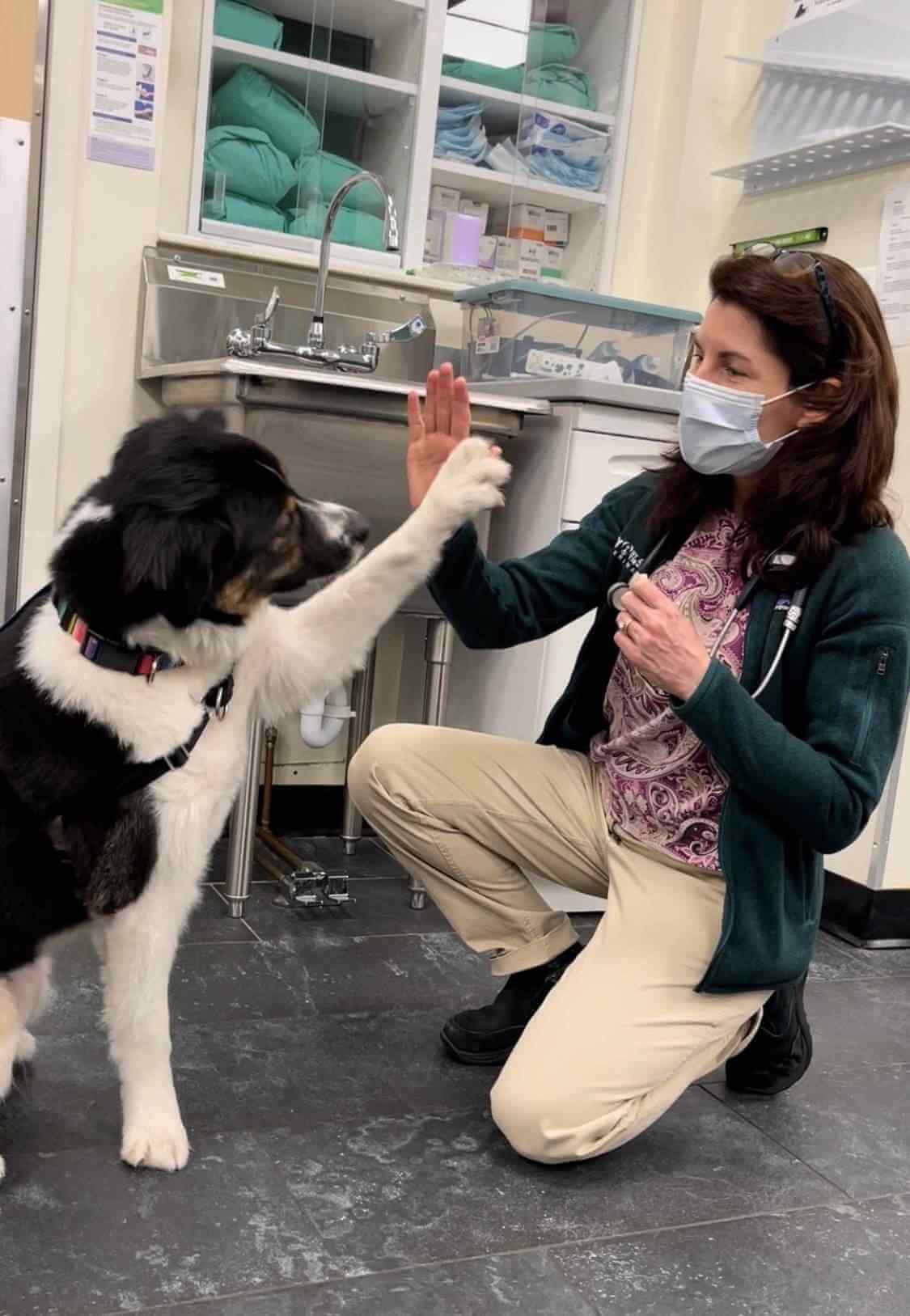

While I’m a nature fan and try to do mostly organic gardening that encourages beneficial insects and local wildlife, I draw the line at bugs in my home and on my furry family members. Not only are they gross, but some of them are downright dangerous. Continue reading for more information on the external parasites (ectoparasites) that can call your pet home and the dangers they can pose.
Fleas:
Fleas are extremely common. I essentially think of our local wildlife (squirrels, etc) as salt and pepper shakers, scattering flea eggs wherever they go. Only adult fleas live on animals where they feed on their hosts blood and reproduce. A female flea can lay thousands of eggs over her short lifetime. If you spot an adult flea or flea “dirt” (actually flea poop) on your pet, it’s only the tip of the iceberg as far as the flea infestation in your home; 95% of the flea population is comprised of the immature stages of eggs, larva and pupa. Flea bites can be extremely irritating to any pet and in flea allergic dogs and cats a single bite will cause skin disease. They have been known to cause anemia from blood loss, especially in young, small and weak animals. Fleas are also responsible for transmitting tapeworms to dogs and cats as well as the bacteria that cause Cat Scratch Fever, Bubonic Plague, and Typhus.
Ticks:
Ticks, as members of the arachnid family, are like small parasitic spiders that feed on the blood of mammals, birds and sometimes other animals. They spend most of their life in the environment and not on a host animal. Our area has multiple types of ticks, including American Dog Ticks (Dermacenter), Brown Dog Ticks (Rhipicephalus), Deer Ticks (Ixodes), and Lone Star Ticks (Amblyomma). Most ticks live outside when they aren’t feeding and have different hosts for each life stage. The exception is the Brown Dog Tick – ; homes can become infested with this type of tick since all its life stages feed on dogs. Ticks can feed for days once they attach to your pet (or you), often causing a red and irritated spot at the attachment site. Rarely, a feeding female tick can cause paralysis in a dog. More commonly we worry about the infectious organisms they carry which can cause diseases like Lyme, Rocky Mountain Spotted Fever, Anaplasmosis, Babesiosis, Ehrlichiosis, and others. It can take as little as 6 hours of a feeding tick to transmit Anaplasma, while the organism that causes Lyme disease takes up to 48 hours for transmission.
Mites:
Mites, like ticks, are in the arachnid family but are so small that a microscope is often needed to see them. There are multiple types of mite that can infest dogs, cats and other mammals, including humans. Dog demodex mites live in the hair follicles and are normally present in small numbers. Occasionally in young dogs or dogs with other health conditions, their population can get out of control causing demodectic or red mange. This mite is not contagious from one dog to another or to other housemates. Cats are now thought to have three species of Demodex mites that are seen infrequently and can be associated with skin disease. One of these, D. gatoi, is contagious from cat to cat. Ear mites (Otodectes) are a contagious mite that can infest multiple species including dogs and cats. These mites cause intense itchiness in the ears as well as a buildup of dark debris. Sarcoptic mites are another contagious mite and their bites cause extremely itchy and often infected skin, a condition referred to as sarcoptic mange or scabies in dogs. They will also happily bite people (though prefer not to live on them) but rarely infest cats. In our area, foxes are the main reservoir host. Cheyletiella is an uncommon mite that is referred to as “walking dandruff” based on its appearance as it crawls across hair and fur. It is contagious and humans can serve as a temporary accidental host.
Lice:
There are two main categories of this parasite, chewing lice and sucking lice. They are small wingless insects and attach their eggs (nits) to individual hairs. Infestations in cats and dogs are most often seen in poor sanitation situations and with debilitated individuals. They can cause skin irritation, hair loss, scratching, and occasionally anemia with severe infestations. The chewing louse of dogs can carry tapeworms just like fleas. Fortunately, lice are species specific which means the cat louse only infests cats, dog lice only infest dogs, etc.
It is important to be vigilant with all your furry family members and to have frequent conversations with the team at City by the Sea Veterinary about the prevention & treatment of external parasites.


